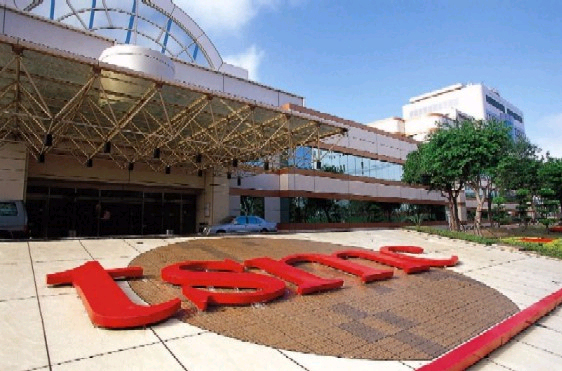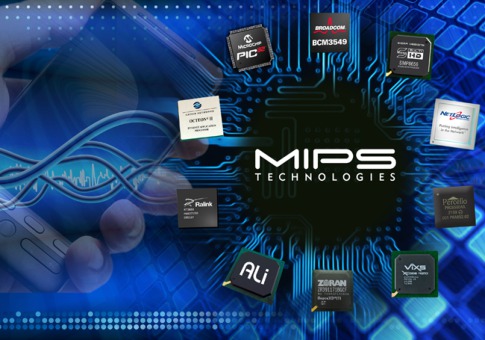TSMC will be be able to produce 20nm chips next year, and they should also be able to jump to 16nm FinFET a year after that (2015), closing almost completely the gap between them and Intel in process node technology. Nvidia has already promised that Tegra 6/Parker will be use FinFET technology, and since Nvidia usually uses TSMC as a foundry, then they should be using TSMC’s 16nm FinFET process, too, in 2015, when Tegra 6 is supposed to come out, and be their first 64 bit Denver chip with Maxwell graphics.
TSMC is also helping Imagination make a 16nm chip, and is already working on a 16nm FinFET reference board. Apple is also rumored to most likely use TSMC as a foundry, even though some rumors try to sidetrack us by saying Intel has a chance of getting Apple’s business. They do not. If anything, Apple is planting the news to get TSMC to lower the fees they are charging, or perhaps Intel thinks that by making this rumor public, it would somehow get community support to get Apple to make the contract with them. But this partnership between TSMC and Imagination gives us even more hints that Apple will be using TSMC, too. It would be much easier to have the whole Apple SoC (which includes Imagination’s GPU) to be made by the same foundry.
In the same time, let’s not forget that Imagination bought the MIPS CPU architecture, and they must have their own plans for a MIPS/PowerVR SoC. I don’t expect such SoC to come out for another 2 years or so, but that’s just about when TSMC should start shipping FinFET chips.
Imagination sees ARM as its main competitor in the long term, and I believe they would also like to one day become their main competitor in terms of architecture, too, which is why they’ve bought the MIPS CPU architecture, so one day they can license CPU’s and GPU’s, just like ARM. The chance they’ll ever become a serious threat to ARM on the CPU side (they clearly dominate on the GPU side) is very small. However, I’d be glad to see competition not just between 2 main architectures, like the ARM one and Intel’s x86, but between 3 architectures, with MIPS included. This would only give us faster processors with more power efficiency and lower prices.
[Via ElectronicsWeekly] TechDomino
TechDomino




